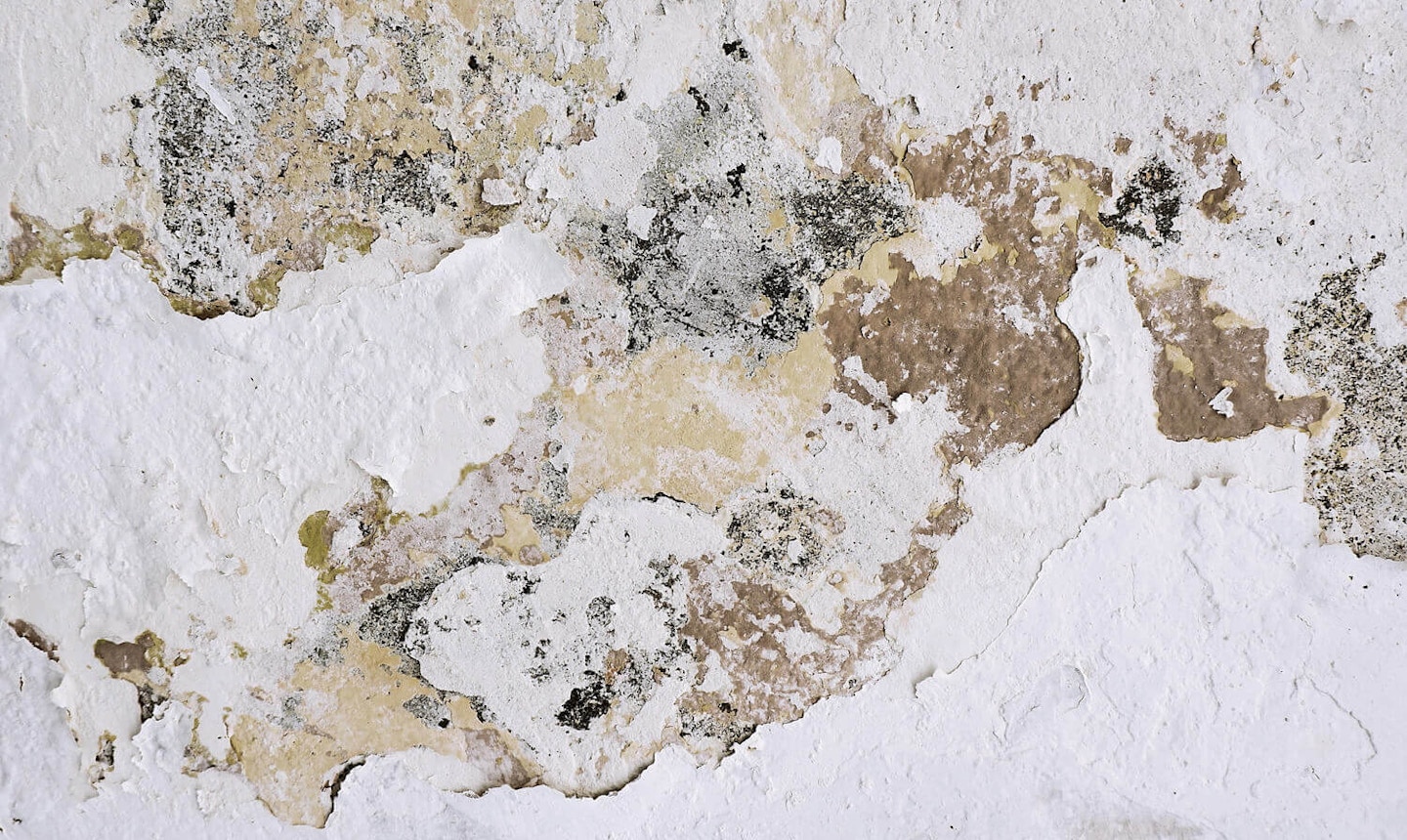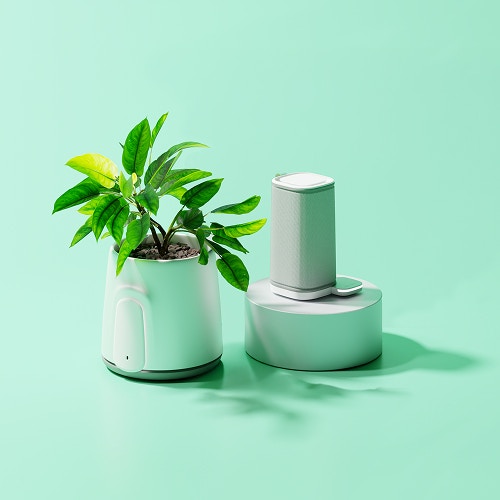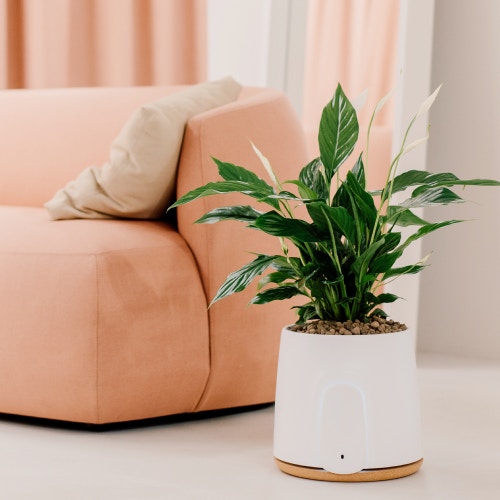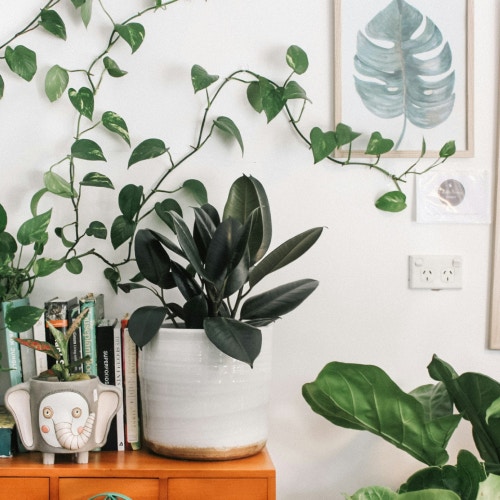
4 indoor air pollutants that are probably in your home
→
There are harmful and invisible contaminants in most of our homes. Here are some things you can do to improve the situation.
When we think about air pollution, the first thing that comes to mind is smog, industries, exhaust from vehicles. In reality, there are numerous pollutants inside our homes that we breathe daily. It is essential for our well-being to find out what these harmful substances are, where they come from and how to remove them permanently from our homes.
1. Formaldehyde
Formaldehyde is one of the main and more harmful Volatile Organic Compounds (VOCs) we breathe daily. It looks like a colorless gas with a strong smell. This chemical is present in many common and daily objects, such as furniture, paint, fabric, household cleaning products (detergents, air fresheners), and cosmetics (hair spray, nail polish).
Formaldehyde effects
The health effects are manifold. The gas, in fact, irritates the ocular mucous membranes and the airways. Precisely for this reason, in 2004, the International Cancer Research Agency included formaldehyde in the group of carcinogens with which humans can come into contact by inhalation or ingestion and which should be minimized.
How to eliminate it?
One of the simplest and most immediate solutions to remove any volatile agent harmful to health is to open the windows to increase ventilation. As for house cleaning and cosmetics, you can buy many green alternatives. Air fresheners emit hundreds of pollutants in the air, so consider natural alternatives such as essential oils. Try to use materials that have the “E1” label; this means that they have a low formaldehyde concentration.
2. Mold
Molds are small organisms and types of fungus. During their growth, they produce particles that are dispersed in the air. The spores proliferate, especially in the presence of humidity due to water infiltration, poor ventilation of the rooms, or little sun exposure.
Mold effects
The presence of mold inside the house can cause respiratory problems, asthma, allergic reactions, and inflammations. Living in a damp or moldy environment is especially dangerous for children's health.
How to eliminate it?
There are multiple natural solutions for mold removal: baking soda, coarse salt, and vinegar. Steps should be taken to prevent the spread of mold. When the temperature allows, leave the windows open, and let the sun and fresh air in. In addition, there are anti-mold paints on the market that allow the walls to “breathe”.
3. PM 2.5
Particulate matter is the most common pollutant in urban areas. Its dimensions are indicated with the initials PM. The origin of these micro-particles can be natural, such as dust and pollen, or caused by external pollution such as emissions from engines, industry, agricultural activities and home heating.
Effects of PM 2.5
The presence of PM 2.5 in the air can lead to shortness of breath, eye and throat irritation, and heart and lung disease. In addition, the World Health Organization has shown that exposure to PM 2.5 reduces the life expectancy of the population by an average of 8.6 months.
How to eliminate it?
Particulate matter comes from the outside. You will have certainly noticed a black layer on your windows and windowsills. For this reason, it’s essential to clean the windows well. In addition, a good habit is to take off your shoes as soon as you enter the house, so you don’t carry around dirt and pollutants from the outside.
4. Benzene
Benzene is one of the Volatile Organic Compounds that we commonly find in our homes. Among the main sources: cigarette or combustion smoke (fireplaces, stoves, candles), household cleaning products, building materials (flooring, paint), furniture, carpeting, etc.
Benzene effects
Some of the most common effects are drowsiness, dizziness, and respiratory problems.
How to eliminate it?
Eliminate all sources that can produce benzene: don’t smoke indoors, use only candles made from beeswax. In addition, some plants with purifying properties eliminate most VOCs, including benzene. The most effective are Aloe Vera, Ficus Benjamina, and Boston fern.
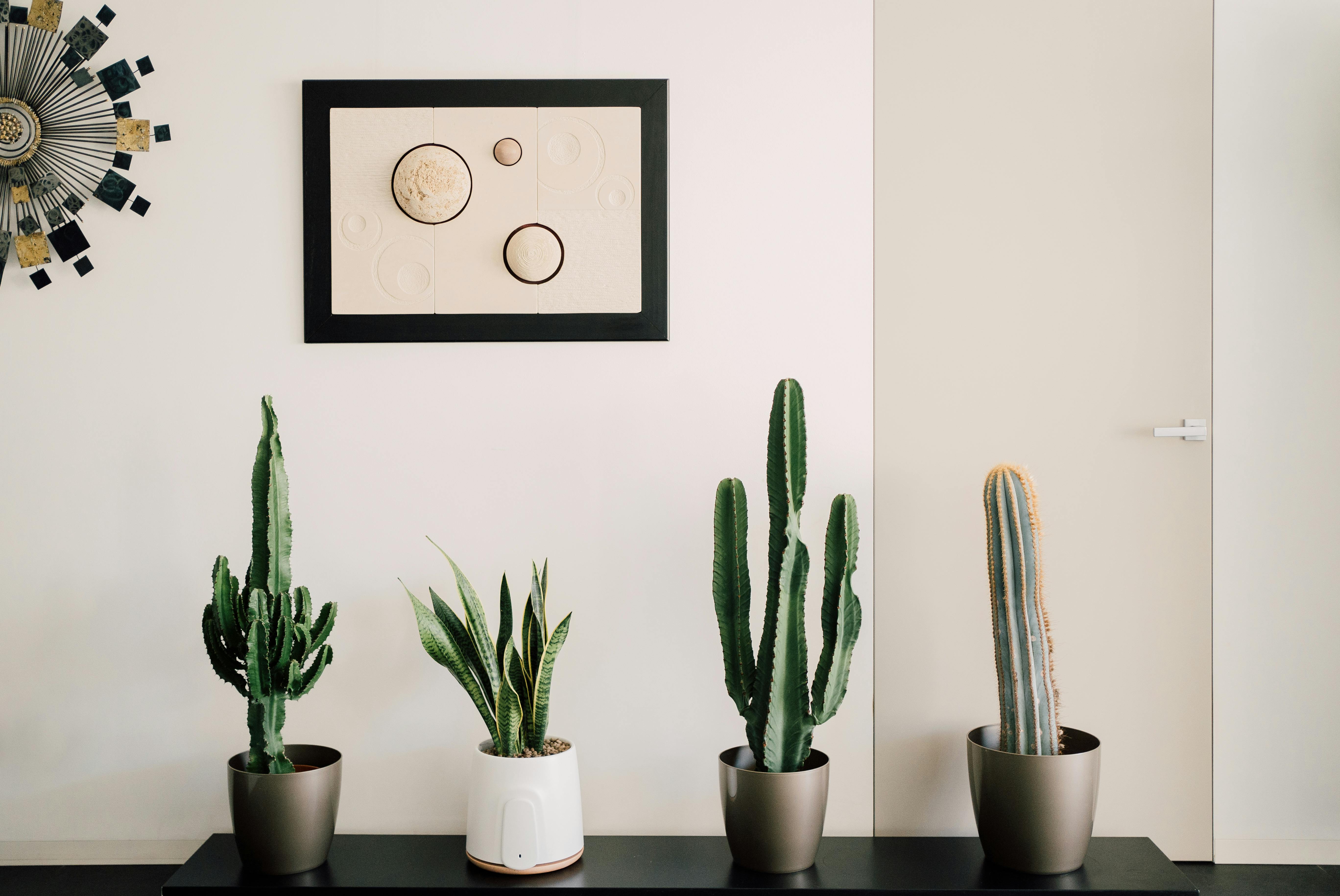
Natede helps address ALL FOUR of these common pollutants. With Natede in your home, you’ve taken the first step towards ensuring that the air you and your loved ones breathe is cleaner, fresher, purer, and free of most contaminants and toxins.


